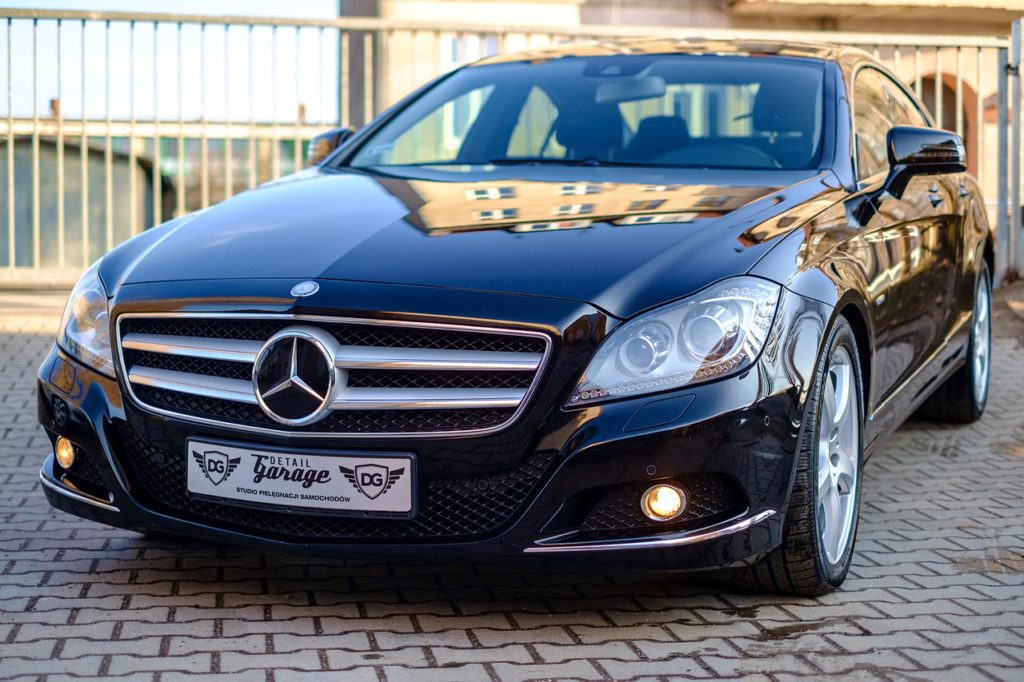
There are a few different options when it comes time to acquire a car. Do you lease, buy new or buy used? They each have their respective drawbacks and benefits. Also, there are different ways to decide if something is a good value and worth the experience.
For the sake of this article, let’s focus on the financial perspective. Maintenance is an expense that comes with regular car usage, so let’s just ignore that part. Let’s use the common Honda Civic as an example.
Leasing a car
Leasing gives the opportunity to stay current with the latest updates in safety, fuel efficiency, technology, and aesthetics. But staying up with the curve, often comes at a higher cost.
Leasing a car is a like a long-term rental situation. The actual length of the arrangement can be anywhere from two years to five years or more. Each month, a payment is due for the vehicle. At the end of the lease, the car must be returned to the dealership. Often there is the option to buy the car from the dealer, at a reduced price. A great resource to check is Kelley Blue Book. This will give you accurate data on vehicle prices based on the condition, trim level, and model year.
Two big considerations to keep in mind include mileage and wear. Stipulations in lease contracts typically include a clause about the maximum number of miles that can be driven per year. Excess mileage beyond the limit, is charged per mile. So it’s important to keep an eye on that through the duration of the lease.
After you finish your lease, the dealership can lease it again or sell it to another individual. This means that it is important to keep the car in good condition otherwise, expect to be charged for the refurbishment of the vehicle.
According to Edmunds.com, the MSRP for a 2017 Honda Civic hovers around $20,000. Using the calculator offered on their site, the monthly payment for a 36-month lease with no money down, would be about $350. So over the course of the lease, $12,600 would have gone to the car.
Buying a new car
Buying new has all of the benefits of leasing, with the end goal being ownership for the life of the vehicle. Assuming that we purchased the same vehicle above, a 2017 Honda Civic, the numbers look different. Bankrate.com currently has 4.3% listed as the average auto loan rate. So let’s assume that we put zero down on the car and we use the average loan length of 60-months. Over the course of the first 36 months, with monthly payment of $464, the total would be $16,704.
So over the same 36-month period for the same vehicle, buying will cost at least an additional $4,104.
However, as an owner, you have the option to resell the car. And if the car has a good resale value, then that $4,104 overlap could take care of itself should you choose to sell it. Let’s look at the numbers for buying a used vehicle.
Buying a used car
Purchasing a used vehicle is the typically the most economical choice because of the lower cost, especially if you don’t finance the car. At the time of this writing, a used 2014 Honda Civic will cost $9,000-$10,000 in very good condition according to the calculator on Kelley Blue Book. Depending on the objectives of the buyer, this could be the best choice. If you can pay cash for the used vehicle, you’d own it free and clear. There are no worries about wear and tear or driving over the mileage cap.
What’s the verdict?
Overall, the most economical option is to buy used. But at the core of all of these calculations and considerations is the real question: is it better to pay in full or to pay over time? Paying in full is undoubtedly the best option for saving the most money since you can avoid all the fees that come with financing and leasing a vehicle. If that is not an option for you, or you prefer to pay over time, then you will have to decide if leasing is the best option for you. Do you want to keep the car after paying thousands of dollars on it over a few years? If so, then it could be wise to do all you can to get favorable financing terms and have a sizable down payment.
Whatever option you choose, be sure to make an informed decision. The numbers will look different for your specific situation, so take the time to use the tools available to you to see what the best option for you will be.

